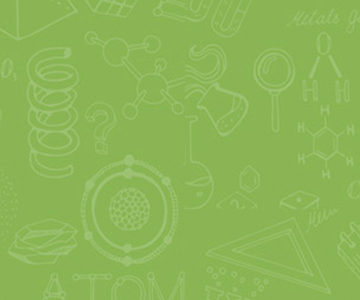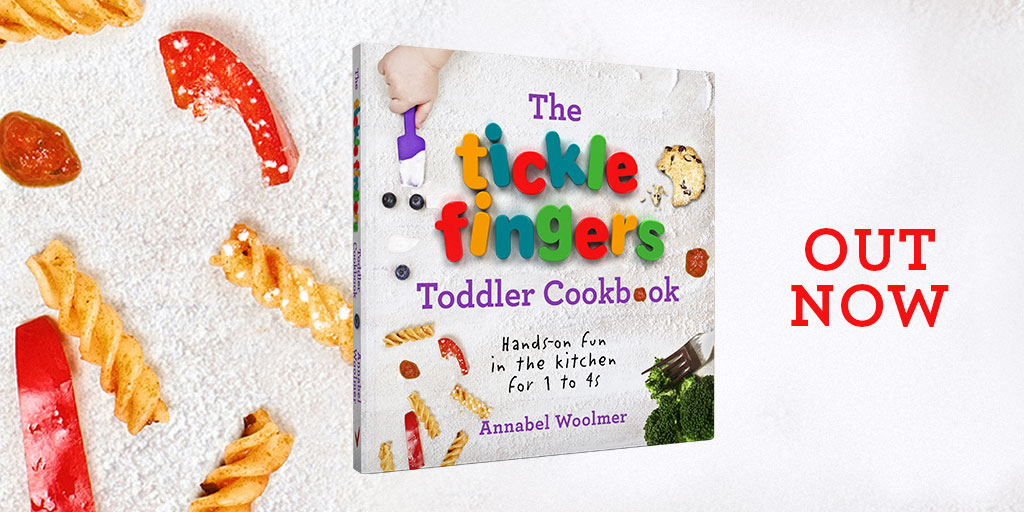This is the second of our series of 3 articles on how to teach your kids to be money-savvy. The author is Mr Lambert, our maths teacher. Now read his article about shopping!

The second great opportunity for your children to learn all about money is when spending it – often in the shops. Sometimes I take my children to the supermarket just as an educational day out even if we don’t need to buy anything! Shopping offers the following excellent opportunities.
Product Testing
Your children will undoubtedly have noticed the vast range of different brands that exist for each product and have probably on many occasions put the ‘wrong’ one in your shopping trolley when being helpful.
- Have you ever taken the opportunity to discuss why you prefer certain goods even though they are more expensive?
- Have you ever tried buying the brand above and below and doing a blind taste test to see if you can really taste the difference?
- Have you talked about the kind of ingredients that different producers may use to make their product and how this could affect the taste, price and health implications of that product?
Adverts and brands influence today’s children hugely and understanding products’ real value will help them to make smart financial choices.
Discounts, Price cuts and promotions
Have you ever wondered just how ‘special’ those special offers really are?
[gallery ids="4927,4929,4926"]
Every time that you enter a shop, online or in person, claims of special offers, discounts and price reductions surround you. It’s ever so easy for children, and adults, to believe those signs but how can we really make a smart choice?
Shopping around and comparing prices in a variety of online and real shops keeps you well informed. Once you have an idea of the normal price of the product you want to buy, you will be able to assess if the 3 for 2 offer is better than the 30% off discount. Which one would you go for?
Price per kilo
 In supermarkets nowadays, the price labels on the shelves specify, albeit in fairly small writing, the price per kilo of a wide range of products. It is this price per kilo that truly allows us to compare products’ value and determine which product is the best buy. Do children ever notice this?
In supermarkets nowadays, the price labels on the shelves specify, albeit in fairly small writing, the price per kilo of a wide range of products. It is this price per kilo that truly allows us to compare products’ value and determine which product is the best buy. Do children ever notice this?
It would be well worth bringing your child’s attention to this little digits as they will actually inform us of the Best Buy. Is the one kilo bottle of ketchup at £2.50 better value than the 700ml for £2.00?
If you really want to challenge them, perhaps don’t mention that the calculations are already on the labels and let them work it out themselves!
Are you looking for more financial education examples for primary school children? Check out the following tutorial worksheets to support your child’s learning about money:
Primary school
- Money: Paying with Coins
- Counting Cash
- Counting Cash: Change from £5, £10 and £20
- Subtract with Money
- Division with Money
- Calculating the Value of a Discount
Secondary school









